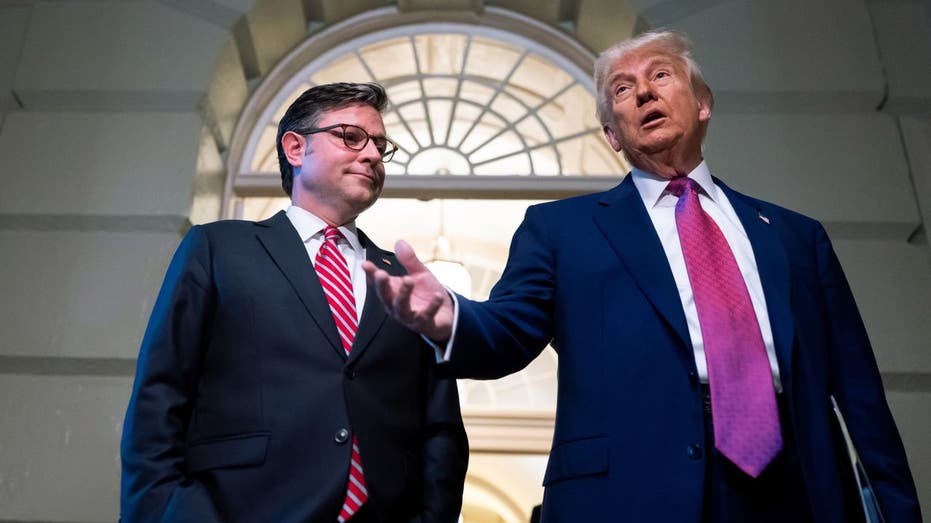The Trump administration is pushing back on projections for the so-called “One Big, Beautiful Bill,” arguing the scoring understates the economic growth the bill would fuel and, as a result, projects higher budget deficits.
The nonpartisan Congressional Budget Office (CBO), which is responsible for analyzing the cost of legislation moving through Congress, estimated that the Republican reconciliation package of tax cuts and spending reforms would increase budget deficits by about $2.4 trillion over a decade on a static basis.
CBO’s dynamic score, which factors in macroeconomic effects, projects higher revenues from additional economic activity totaling about $124 billion. However, it also factors in higher interest costs, resulting in deficits that are $356 billion wider over a decade and bringing the additional deficits to nearly $2.8 trillion in the next 10 years.
“The fundamental issue that we have is the overly pessimistic forecast that the CBO has for GDP growth. They’re assuming over the next 10 years the economy averages just 1.8% growth, which is remarkably low,” Joseph Lavorgna, counselor to Treasury Secretary Scott Bessent, told FOX Business in an interview. “When you start off with such soft growth, by definition, you are going to get weak revenues, and therefore you will get larger deficits than what will actually come to pass.”
DEFICITS FROM ‘BIG BEAUTIFUL BILL’ TO RISE NEARLY $2.8T UNDER NEW DYNAMIC ESTIMATE: CBO
Lavorgna said that it’s “very rare” for the economy to grow at that slow a rate for over a decade, and it last happened during the Obama administration, adding that it “runs counter to what we’ve seen both in the Trump 1 administration and the second administration, where we’ve seen productivity trends accelerate.”
He explained that he expects those productivity trends to accelerate upon passage of the bill because it would “increase capital deepening, meaning capital investment by companies, higher capital investment lifts productivity, lifts wages, lifts overall GDP.”
“When you assume very tepid growth, by definition, you’re going to see very tepid revenues — they’re interconnected,” Lavorgna said.
OVER 300 ECONOMISTS URGE TRUMP, GOP LEADERS TO EXTEND TAX CUTS BEFORE MASSIVE TAX HIKE HITS AMERICANS

“The ‘One Big Beautiful Bill’ will increase the economy’s speed limit by providing additional plant and equipment that will be used by companies that will employ workers to produce the things that both businesses and U.S. consumers want,” he explained. “More goods, more services at lower prices, which was the case back under the first Trump administration — we had record gains in real median household income in 2018 and 2019.”
CBO’s analysis projected that real gross domestic product (GDP) would be 0.4% higher at the end of 2034 than compared with the current law baseline. Other analyses have yielded similar figures, including those by the Penn Wharton Budget Model, which also estimated a 0.4% GDP boost, and the Joint Committee on Taxation.
LARGER TAX-CUT PROPOSAL NOT ENOUGH TO OFFSET DRAG ON GROWTH FROM TARIFFS: GOLDMAN SACHS
The Trump administration disagrees, arguing that the boost to economic growth will be larger. The White House’s Council of Economic Advisors on Wednesday released an analysis which found that GDP would be 2.4% to 2.7% higher after a decade under the legislation.
“Passage of this bill that codifies and makes permanent a lot of the positive, pro-growth pieces in what was known as TCJA will just solidify these trends in addition to some other benefits, such as expensing that goes back to the beginning of the year and also, of course, what you have on factories,” Lavorgna said.
“All those things will increase the economy’s ability to grow, and grow without generating inflation,” he added.
Read the full article here
